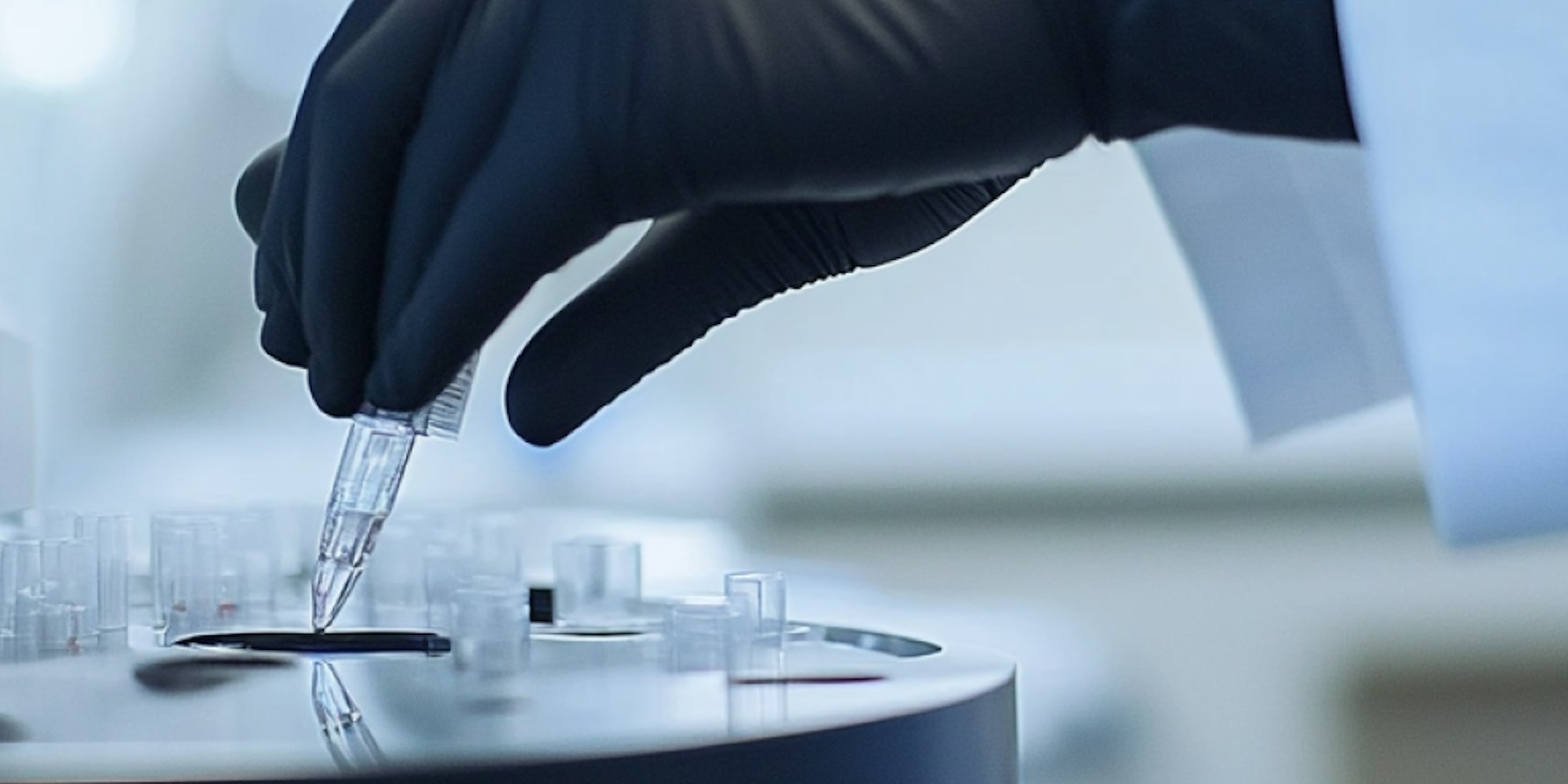Artificial Intelligence
10 min read
Introduction
Artificial Intelligence (AI) is revolutionizing the field of animal health management, offering new approaches to livestock care and production.
As global demand for animal products rises alongside concerns about animal welfare and antibiotic resistance, AI technologies such as
computer vision and deep learning are transforming the way the industry handles disease detection, diagnosis, and production planning.
The AI-driven innovations are emerging in response to key industry trends such as:
- Advancements in AI and computer vision technologies
- The growing availability of health data from sensors, cameras, and drones
- The increasing adoption of advanced technology in agriculture and livestock management
- Rising venture capital investment in agricultural technology startups
The global AI in agriculture market is projected to reach $4 billion by 2026, with a need to meet growing demand for animal products while improving efficiency and welfare practices.
Challenges in the Livestock Industry
The livestock industry faces a variety of challenges that hinder the efficiency of animal health management, including:
- Labor Shortages: The agricultural workforce has been declining, creating a shortage of skilled farm workers and veterinarians, especially in rural areas.
- Increasing Herd Sizes: Farms are expanding to meet rising demand, making it harder to monitor individual animals for health issues.
- Difficulty in Monitoring: As herd sizes grow, detecting early health problems becomes more challenging.
- Reliance on Traditional Methods: Current methods such as visual inspections and manual record-keeping are time-consuming and prone to errors, limiting the effectiveness of disease management.
Augusta’s AI-Powered Solutions
In response to these industry challenges, Augusta Hitech has developed several AI-powered tools designed to improve animal health management, including:
1. Advanced Pathogen Classification System
2. On-Site Early Disease Detection
3. AI-Powered Milk Production Forecasting
These AI-driven tools leverage deep learning algorithms and computer vision technology to address critical areas of animal health monitoring.
1. Advanced Pathogen Classification System
Augusta has developed a state-of-the-art deep learning model for detecting and classifying pathogens in microscopic images. This system enhances the diagnosis of infections in cattle, offering rapid and accurate identification of parasitic larvae.
Trained on over 100,000 annotated images, the model provides more than 95% accuracy across 10 different parasite species. Its practical application allows for seamless integration into veterinary workflows, offering real-time feedback on pathogen detection, improving diagnostic accuracy, and reducing reliance on specialized expertise.
2. On-Site Early Disease Detection
AI models are capable of differentiating between various animal diseases based on visual cues. These models assist farmers and veterinarians by rapidly classifying diseases, allowing for faster treatment and reducing the spread of infections within herds. Benefits of on-site detection include:
- Faster implementation of treatment protocols
- Reduction in the spread of infectious diseases
- Improved cost-effectiveness by reducing reliance on laboratory tests
This technology is particularly valuable in regions with limited access to veterinary services, enabling remote diagnoses and facilitating telemedicine practices.
3. AI-Powered Milk Production Forecasting
Deep learning models analyze factors such as feed intake, weather, and individual cow data to predict milk production with high accuracy. This allows farms to optimize their resource allocation, reducing waste and improving overall efficiency.
AI-powered milk production forecasting also enables long-term strategic planning, helping farmers align operations with market demands and environmental changes.
Conclusion
AI integration in animal health management offers transformative potential for the livestock industry. From disease classification to production forecasting, these technologies empower farmers and veterinarians to make informed, data-driven decisions. While AI serves as a powerful tool for improving efficiency and animal welfare, it should complement rather than replace human expertise. The future of animal health lies in the synergy between AI technologies and traditional veterinary practices, driving progress toward more sustainable and productive agricultural systems.
Key Considerations for Implementing AI in Livestock Management
- Data Quality: High-quality, comprehensive data is critical to the success of AI models in animal health.
- Model Maintenance: Regular updates to AI models are necessary to ensure their accuracy as herd dynamics and environmental conditions change.
- Integration with Existing Systems: Seamless integration of AI tools into current farm management systems is essential for practical implementation.
- Ethical and Security Considerations: Safeguarding data privacy and ensuring transparency in AI use is vital for ethical implementation.
Get the latest updates
We only send updates that we think are worth reading.



